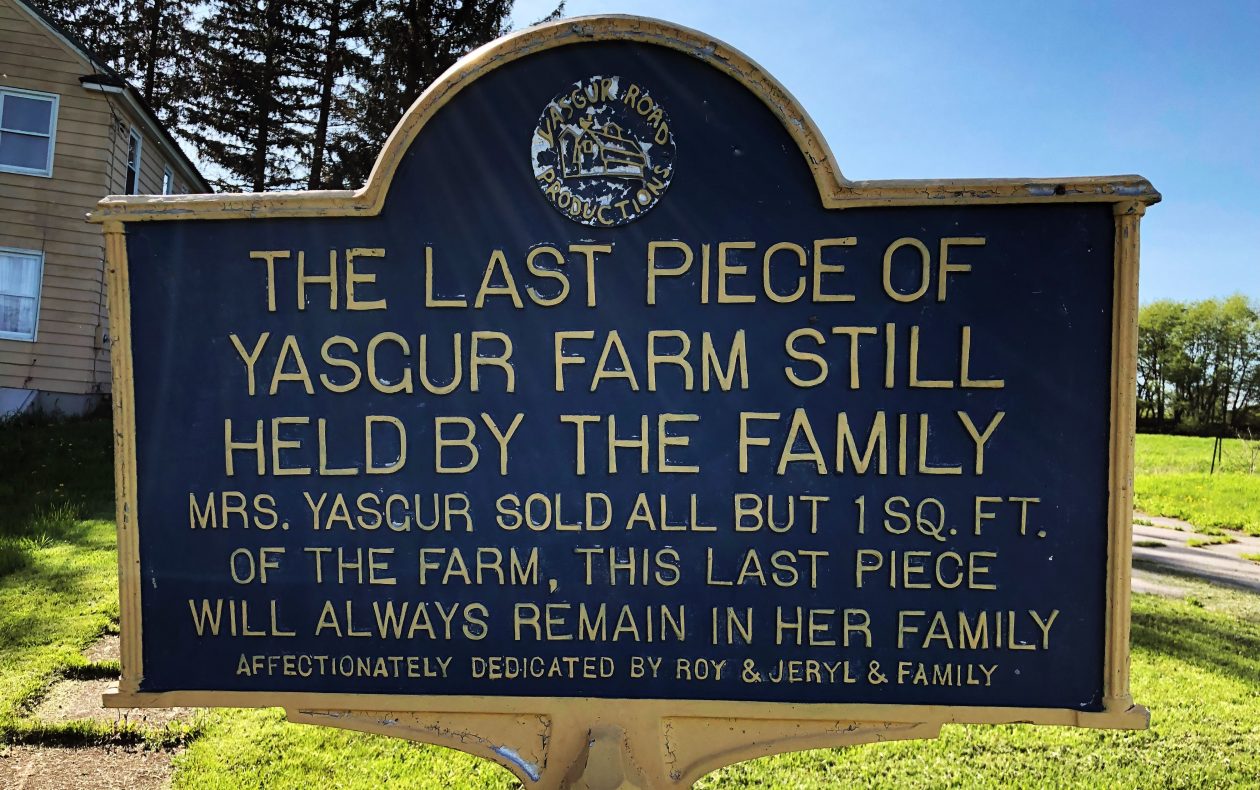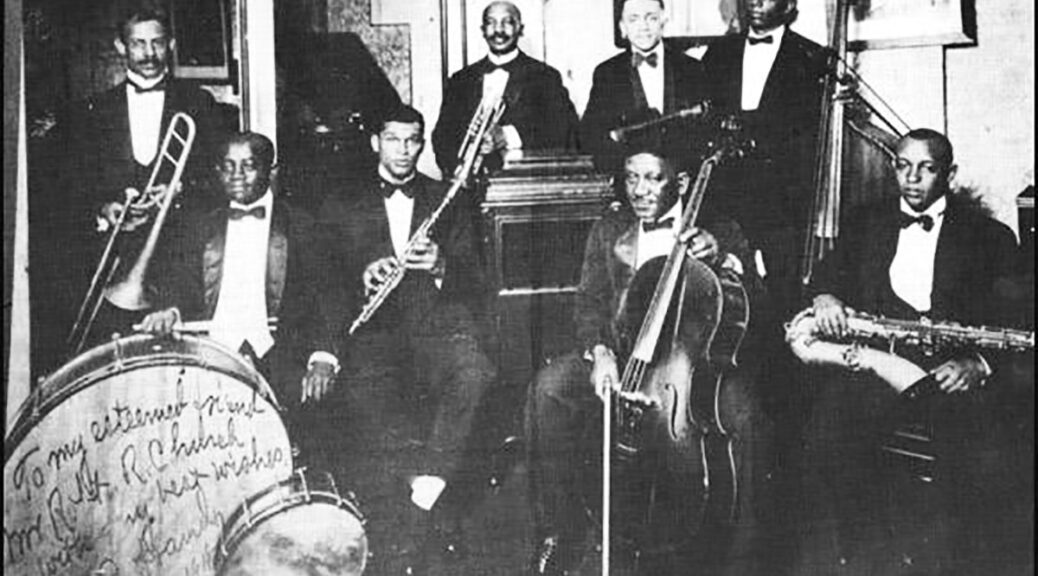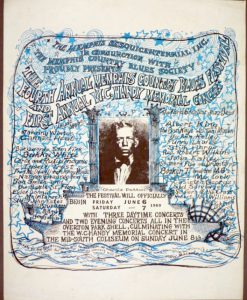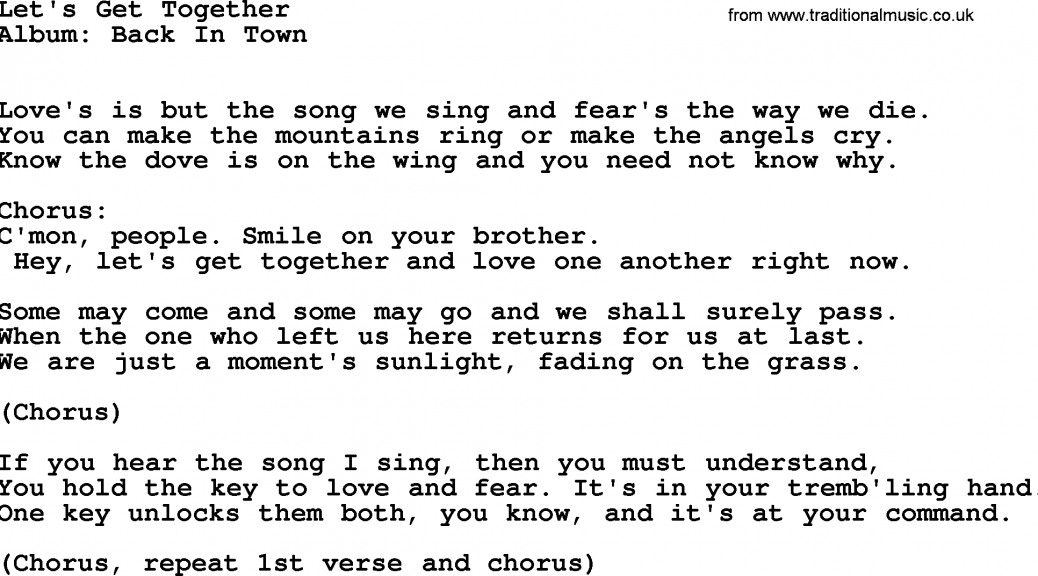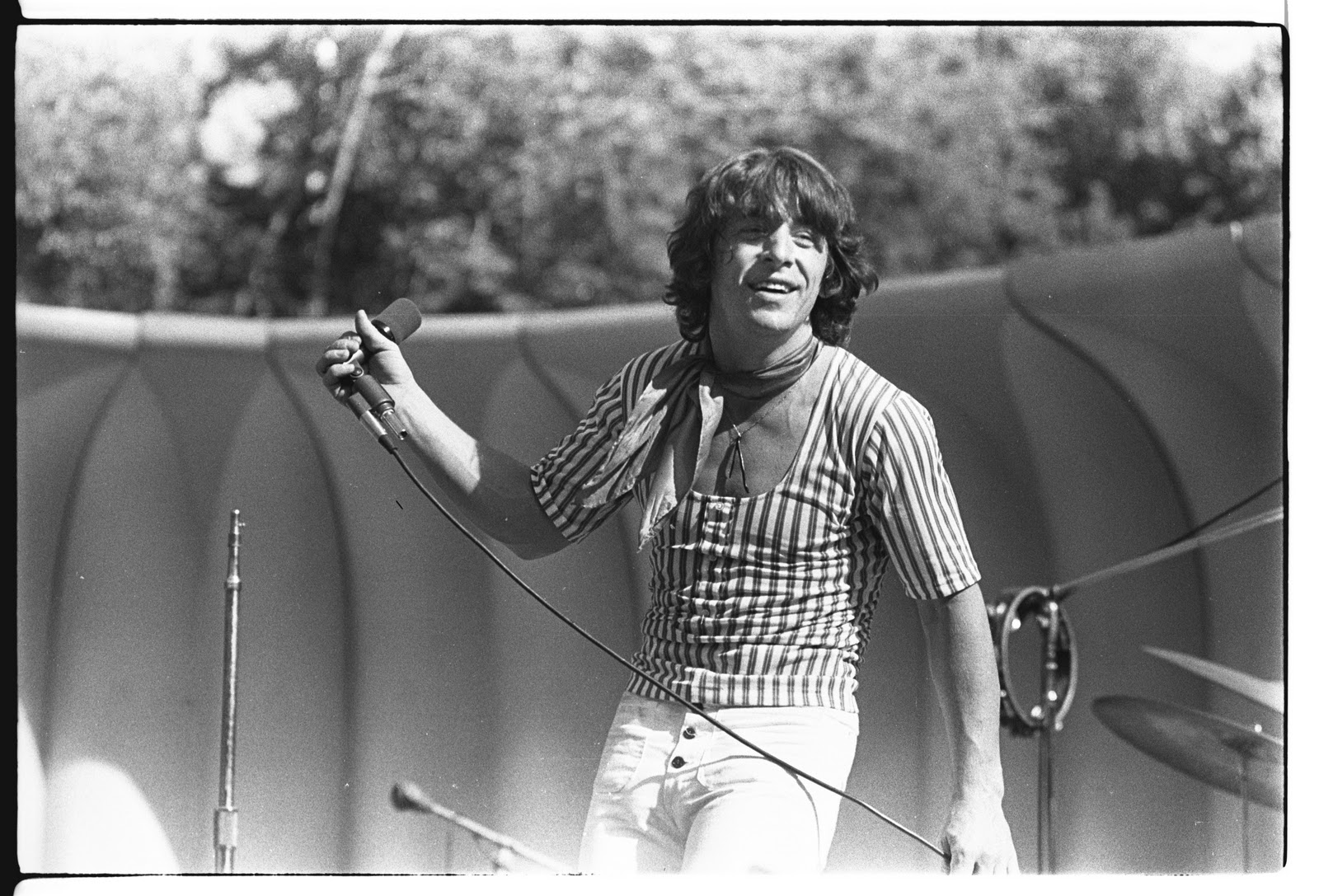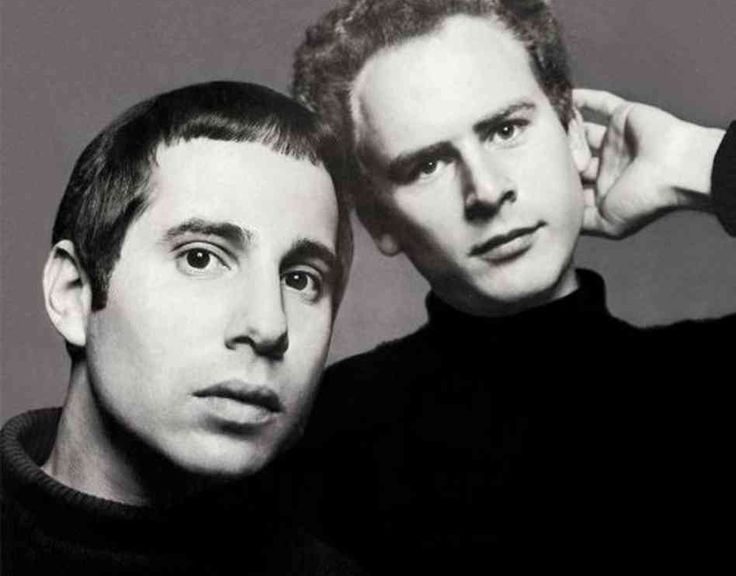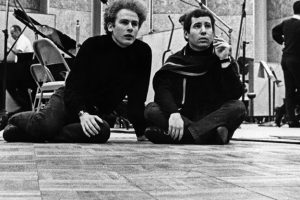WC Handy Memorial Concert
or the official full name…
The Fourth Annual Memphis Country Blues Festival
and the
First Annual WC Handy Memorial Concert
1969 festival #12
Mississippi Fred McDowell – “Goin’ Down to the River”
WC Handy Memorial Concert
Memphis Sequicentennial Inc
The poster reads: The Memphis Sesquicentennial Inc. in conjunction with The Memphis Country Blues Society proudly presents The Fourth Annual Memphis Country Blues Festival and First Annual W.C. Handy Memorial Concert The Festival will officially begin Friday June 6 and Saturday June 7, 1969 with three daytime concerts and two evening concerts all in the Overton Park Shell, culminating with the W.C. Handy Memorial Concert in the Mid-South Coliseum on Sunday June 8th. Tickets for the Shell concerts will be available at time of performance only Tickets for the W.C. Handy concert will be on advance sale at many Memphis locations ($2.50 to $5.00) Claude Mabel (artist?)
WC Handy Memorial Concert
Some line-up!
Those who played at this comparatively unknown 1969 festival were: Johnny Winter, Canned Heat, Backwards Sam Firk, Bukka White, Carla and Rufus Thomas, Insect Trust, Fred McDowell & Johnny Woods, Nathan Beauregard, Sun Smith and the Beale Street Five, Elder Lonnie McIntorsch, Sleepy John Estes, Blues Band, Lum Guffin, The World Greatest Jazz Band, Albert King, The Bar-Kays with Toni Mason, Jo-Ann Kelley, Furry Lewis, Slim Harpo, Rev. Robert Wilkins, John Fahey, Southern Fife and Drum Corps, Booker T. and the MGs, Moloch, Casietta George, Sid Selvidge, Soldiers of the Cross, Robert Pete Williams, Rev. Ishmon Bracey, and Wild Child Butler.
Just as white teenagers had inadvertently discovered so-called race music in the early 50s by way of Elvis and other white artists covering black artists’ songs (albeit often “sanitized” to white standards), many white teenagers had wandered into the Delta blues.
WC Handy Memorial Concert
Father of the Blues
WC Handy is called the Father of the Blues because it was his style of the Blues that became the dominant one in America. It happened in Memphis, Tennessee. Specifically on Beale Street. He did all this in the first part of the 20th century.
As festivals became a way to present lots of music to lots of listeners, it was natural that a blues-themed festival would happen. The first Memphis Country Blues Festival was in 1966 and in 1969 it’s fourth time was combined with the First WC Handy Memorial Concert.
WC Handy Memorial Concert
Woodstock not
Two names that would appear throughout the summer and particularly at the Woodstock Music and Art Fair were Canned Heat, featuring the vocals of Bob Bear Hite and the guitars of Alan Blind Owl Wilson and Harvey Mandel and Johnny Winter. Both were not just blues enthusiasts, but men who studied the history of the blues.
In other words, this festival featured those who had discovered the blues and those who had helped invent it. And while many of the name are far from household names, their contribution to the art is still important.
WC Handy Memorial Concert
Speckled Bird not impressed
The Great Speckled Bird was an alternative newspaper based in Atlanta, Georgia. had some less than flattering things to say about the way the festival was managed, especially the time when National Educational Television was recording for a future show. “…the TV crew…had no understanding (much less love) of the music and certainly none for the medium of television. Emcee Rufus Thomas had to read insipidly ‘humorous’ announcement before each ‘act’ ; musicians had to stop…so that ‘sound levels’…could be met.” The article continued, “What could have been a groovy, informal recording of the sights and sounds of country blues and electric rock performances…all was lost in a third-rate stage show.”
The presence of uniformed police did not add to the vibe. The article also pointed out that the older musicians were given short shrift sets compared to younger bands who sets organizers allowed to go on much longer.
One young performer that the Bird felt was OK was John D Loudermilk. Many of us know his…
The purpose of the WC Handy component was to raise scholarship money.
WC Handy Memorial Concert
Next 1969 festival: Cambridge Free Festival
